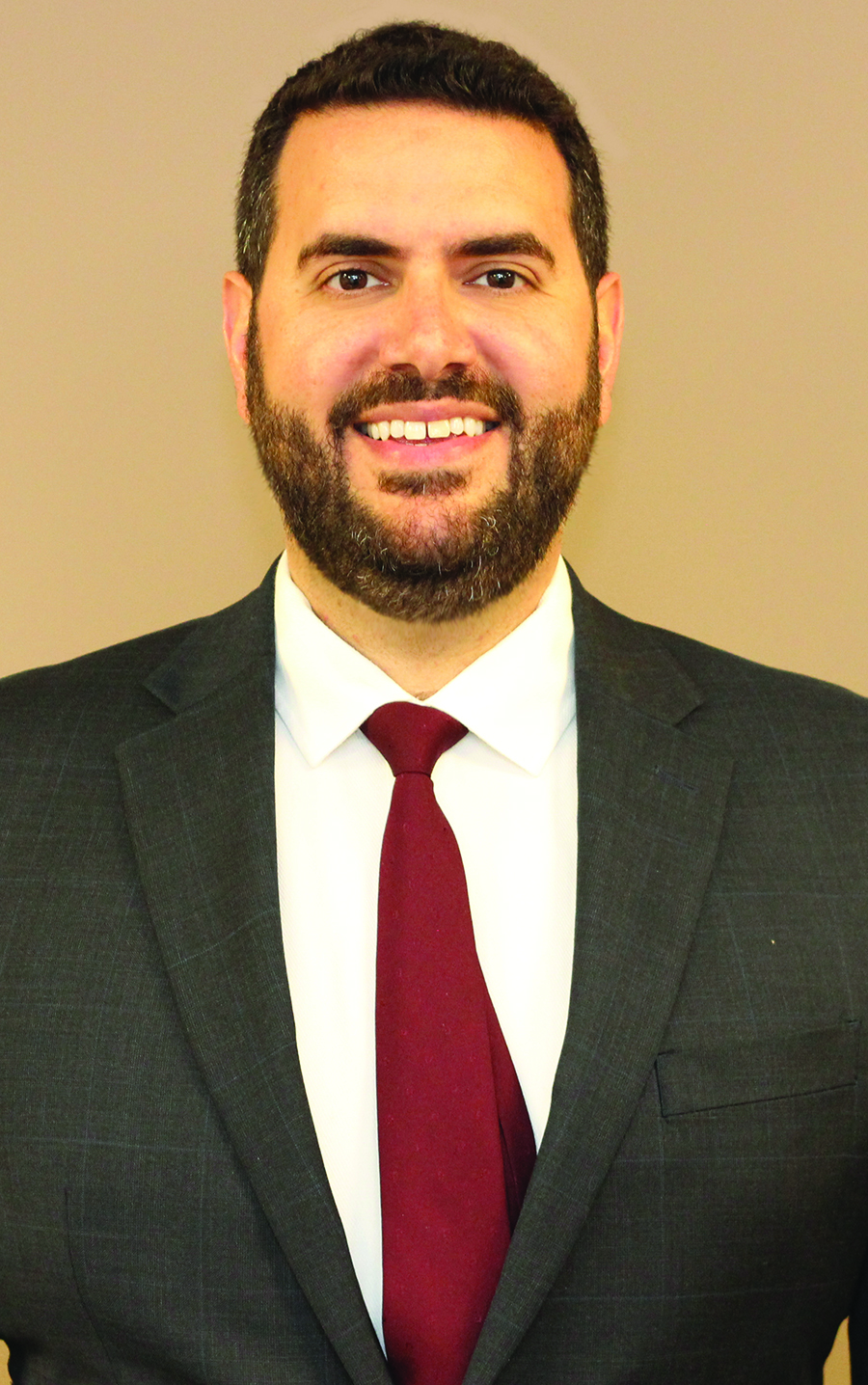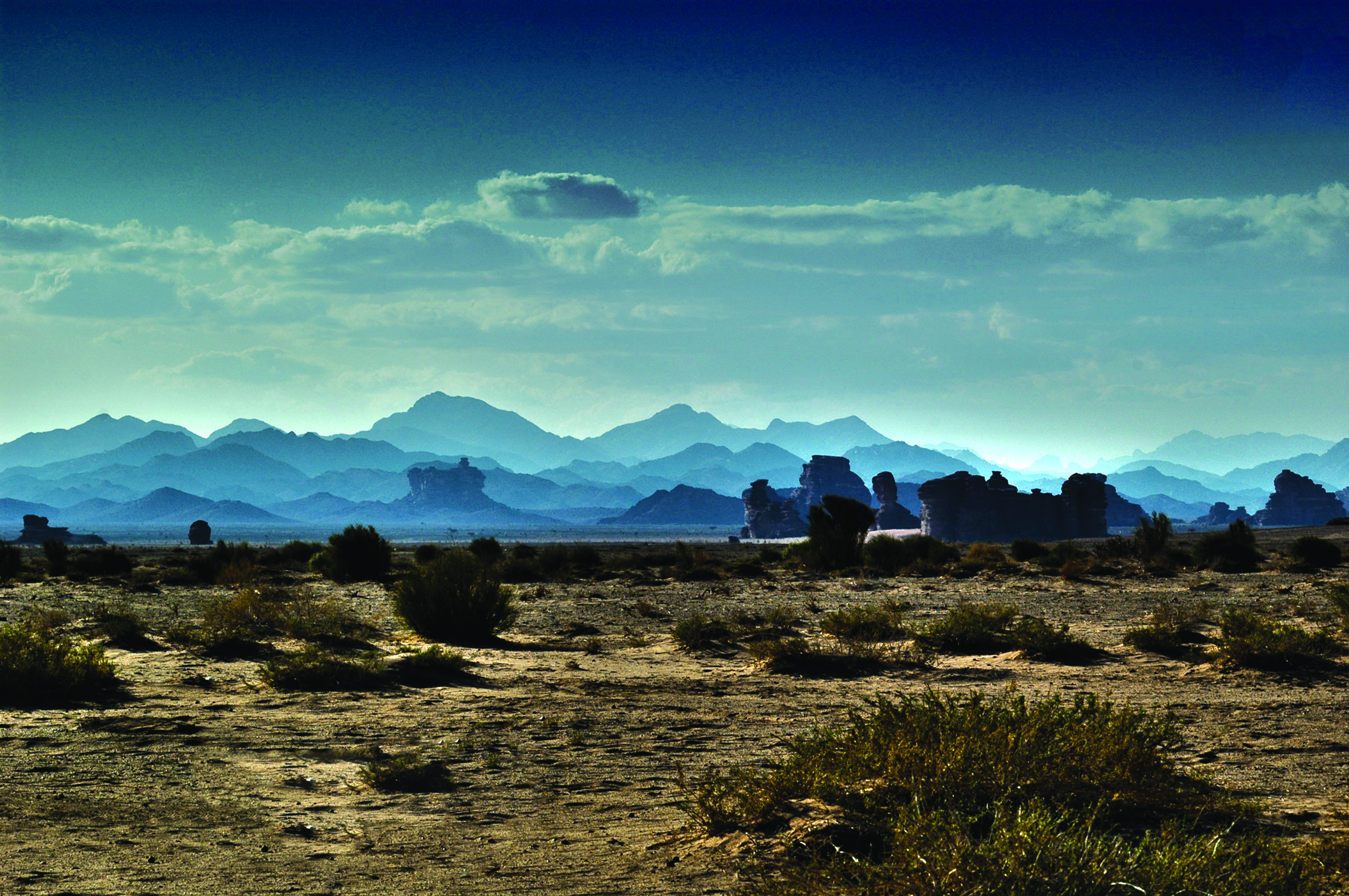
Albara’a Alwazir, economist for the Saudi-US Business Chamber, says the oil rich state wants to now develop mining. (Photo: Saudi Arabia-US Chamber of Business)
Saudi Arabia, the land of black gold, is now in pursuit of the real stuff; the Gulf kingdom hopes to create a domestic mining industry, a sector neglected up until now
By Gavin du Venage, South African Editor
Saudi Arabia has long held the position as one of the world’s largest oil producers. However, reliance on a single commodity has shown the vulnerability of the country to external price shocks. In June 2008, crude hit an historic high of more than $150 a barrel. Just months later it could barely fetch $30 a barrel.
Such shocks play havoc with the country’s national budget, dependent as it is on crude sales. Now, the kingdom is looking to broaden its economy. The number of business licenses granted to foreign investors in 2019 was the highest in almost 10 years, according to Invest Saudi, the government organization that facilitates and monitors foreign investment.
It is mining, however, that will receive much of the focus for broadening its economy.
“As part of its diversification plan, the kingdom wants to focus on localizing manufacturing and supplying employment opportunities for its citizens,” Albara’a Alwazir, economist for the Saudi-U.S. Business Chamber, told E&MJ in an interview.
Alwazir is also the author of a comprehensive report the chamber recently published on the country’s potential for mineral development. “Saudi Arabia is endowed with a significant mineral base, which it plans to use for domestic production and to become an export leader across a number of minerals, including gold, copper, phosphates and aluminum,” Alwazir said.
Altogether, Saudi Arabia may have as much as $1.33 trillion worth of mineral endowments, especially in precious and base metals, according to various estimates. Yet, currently, mining takes up only 0.2% of the kingdom’s investment, a sum of around $2 billion per year. Even then, most of this went into quarrying rather than actual resource extraction.
To speed up investment, mining has now been given its own ministry, following a royal decree that separated it from energy production. As part of the oil ministry previously, mining was a neglected stepsister, but with its own political and administrative department, it now has a chance to shine. It will now fall to the newly formed Ministry of Industry and Mineral Resources to increase mining’s contribution to GDP from around $17 billion currently to $64 billion by 2030, a target set by the government.
Digging In
Saudi Arabia is endowed with significant mineral deposits that are widespread across many types, ranging from gold to lightweight aggregate. According to the Saudi Geological Survey (SGS), the bulk of metallic mineral resources are contained in the Precambrian geology of the Arabian Shield, in the western part of the kingdom. The SGS also noted that non-metallic resources reside in both Precambrian and Phanerozoic geology that overlie the Arabian Shield in the central and northern parts of the kingdom.
According to the SGS, a total of 5,574 metallic and non-metallic mineral sites have been discovered by the end of 2018. The breakdown indicates 2,919 discovered sites for non-metallic minerals and 2,533 discovered sites for metallic minerals.
The Saudi Arabia government is thinking beyond simply extracting minerals, however. Much as it did with Aramco, the state-owned petrochemical company that recently celebrated the world’s largest initial public offering, the kingdom hopes to develop a broad range of downstream projects.
For instance, the state-owned Ma’aden mining company has had a partnership with U.S. based Alcoa since 2009, which Alwazir noted is a good example of a “mine to metals” project. The country has large bauxite deposits in Al Ba’itha to the northeast, near the border with Iraq.
The mine on site produces around 4 million metric tons per year (mt/y) of bauxite, and this is transported via the new North-South railway line to Ras Al Khair along the Persian Gulf coast. Here it is refined into aluminum and exported worldwide. “Mining bauxite will service an aluminim rolling mill plant capable of producing 460,000 mt of flat rolled products,” said Alwazir. Other metal production is also gaining pace.
“With regards to iron, Saudi Arabia currently produces rebar locally. It also produces significant amounts of wire and cable from its large reserves of copper.”
Ma’aden itself, meanwhile, is also going to be a critical vehicle for developing Saudi Arabia’s mineral industry, much as Aramco has done for its petro-chemical sector. Ma’aden was formed by royal decree in 1997. Wholly owned by the Saudi Government until 2008, when 50% of the company’s shares were floated on the Saudi stock exchange, or Tadawul as it is generally called. The Saudi Government, through the Public Investment Fund (PIF), still retains 65% ownership.
Today, Ma’aden is ranked among the top 10 global mining companies based on market capitalization. The main area of focus for Ma’aden has been gold, phosphate, aluminum, industrial minerals and copper. “Ma’aden is an instrumental player in the mining sector,” said Alwazir. “Ma’aden is the mining and metals leader in Saudi Arabia and the largest multi-commodity mining and metals company in the Middle East.”
Going Large
One of the more ambitious plans in the works, is the $22.7 billion Wa’ad Al Shamal project in the north of the country. This will eventually become a 275-square-mile precinct for mining industries in the region. The area holds around 500 million mt of phosphate ore, which represents around 7% of global proven reserves.
It is estimated that Wa’ad Al Shamal will generate $6.4 billion from non-oil sectors and contribute 3% to the kingdom’s GDP. Furthermore, an estimated 30,000 jobs are expected to be created for Saudi nationals. According to Alwazir’s report, the project will also benefit secondary industries that depend on mining for inputs, such as glass manufacturing, glass fibers, plastics and solar panels. The net result, said Alwazir, is that the country is set to become a serious mining play.
“Saudi Arabia is looking to develop its mining sector with strong support from foreign enterprises,” he noted. “The introduction of the new mining code provides clarity on the regulatory structure of the sector and spells out the numerous advantages available to new entities by way of reduced taxes, financial incentives, ownership rights and ease of obtaining permits.”
Kefi Searches for Saudi Gold
Australia-listed Kefi Minerals is one of the few mining companies actively exploring in Saudi Arabia. Kefi has exploration licenses and applications that cover around 1,000 km2 in the center, west and southwest of the country. Mostly, gold is being targeted.
“They want mining to be their ‘third pillar’ of the economy,” said Kefi Executive Chairman Harry Anagnostaras-Adams. “We’ve met the new minister and he’s deadly serious about it.”
Already, the company is confident of at least 730,000 ounces (oz) from its license at Jibal Qutman, in the southwest. Initial production is predicted to be approximately 30,000 oz/y.
“We’re one of the few people now on the ground doing things.” However, Anagnostaras-Adams thinks this could change as word spreads of the country’s new direction toward greater mining. Plus, he said the country’s mining code is relatively simple and industry-friendly.
“They are attracting the likes of Newmont and Barrick, two of the world’s largest copper-gold companies,” he said.
Barrick for instance runs the Jabal Sayid copper operation 350 kilometers northeast of Jeddah. This is a 50:50 joint venture operation with Ma’aden. The first shipment of copper concentrate occurred in December 2015, and the mine commenced commercial production in July 2016.
Kefi, meanwhile, is making progress with its exploration activities. “We appear to be nailing the structure — we know there is gold and there is copper. We haven’t gotten grades back yet, but if we get results back, follow up will be required,” Anagnostaras-Adams said.
The permitting process has been smooth so far and Anagnostaras-Adams said he is confident that further licenses that the company has sought, will soon be issued. “We believe we will be issued large areas for exploration in the new year,” he said.








